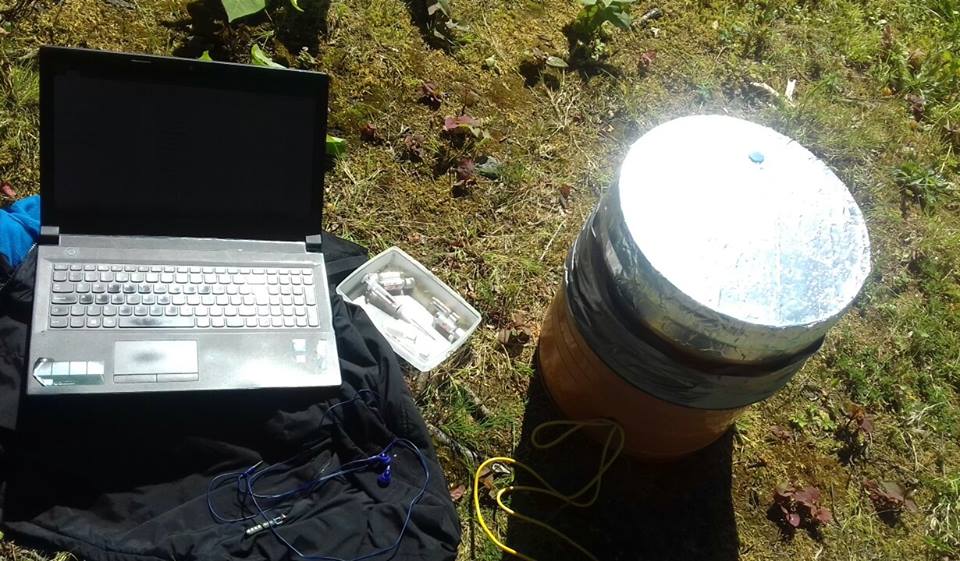
Real time information from spatially distributed sensors provide a reliable foundation from which farmers can adjust their practices at any time (Ruiz-Garcia et al. 2009). This is more beneficial in decision making for farmers as opposed to making choices based on hypothetical conditions which may not be representative of actual farming systems (Ruiz-Garcia et al. 2009). Furthermore, the deployment of sensors can help farmers enhance their productivity. For example, Lea-Cox et al. (2007) designed a WSN for a greenhouse that combines a range of sensors which can measure substrate temperature, moisture, electrical conductivity, leaf wetness and daily photosynthetic radiation in real time. These spatially distributed sensors brought benefits to farmers through improved crop growth and more efficient use of agrichemicals and water, which in turn reduced the incidence of diseases related to over-watering. Likewise, in pest control, WSN have been used to inform farmers of when plants require treatment by monitoring temperature and humidity as seen with potato crops and the fungal disease, Phytophtora (Baggio, 2005).
Similarly, Wang et al. (2008) designed a specialised wireless sensor node for monitoring light, relative humidity and temperature in greenhouses. For farmers and indeed agribusinesses which utilize greenhouses heavily for their produce, wireless technology which gives real-time measurements and cut costs are invaluable.